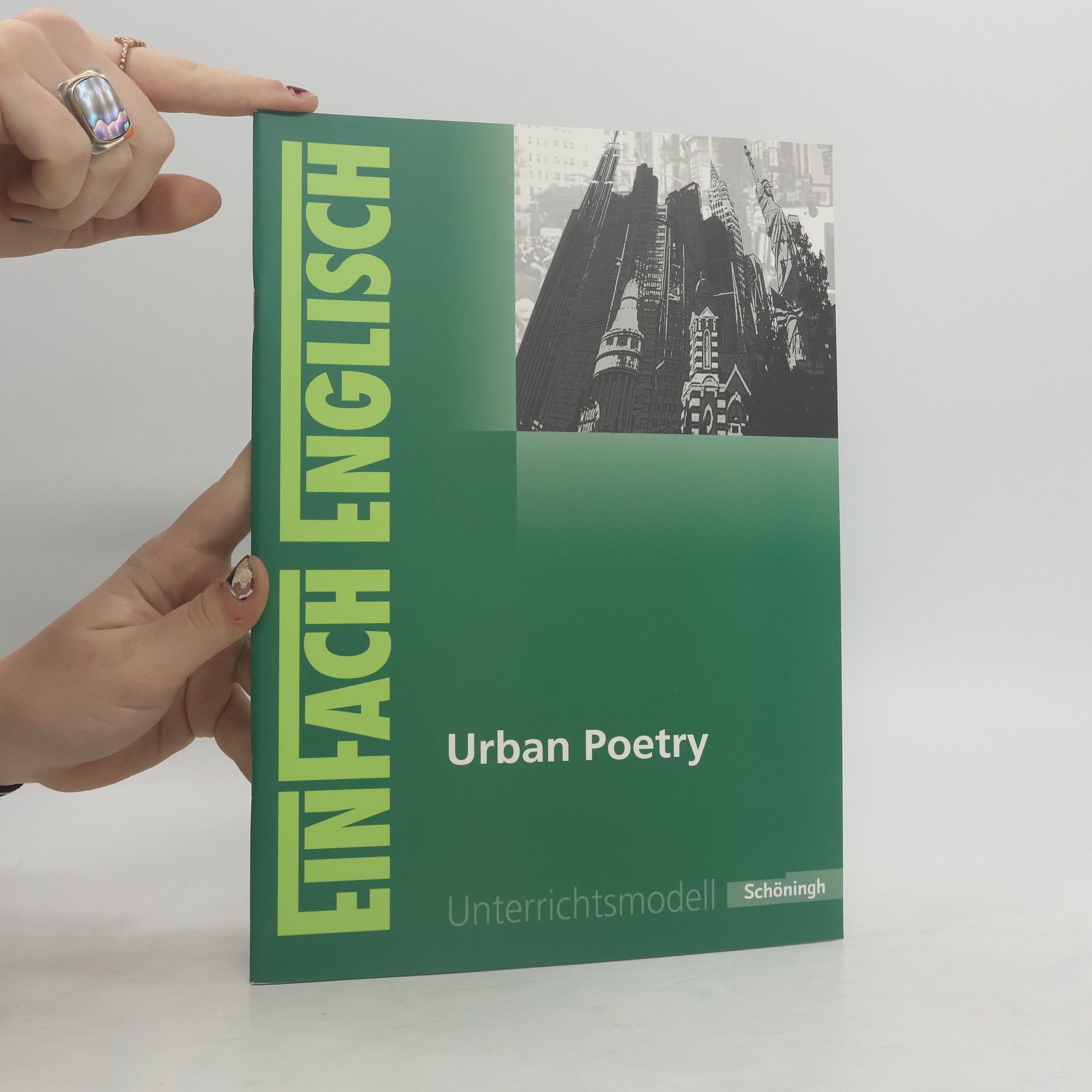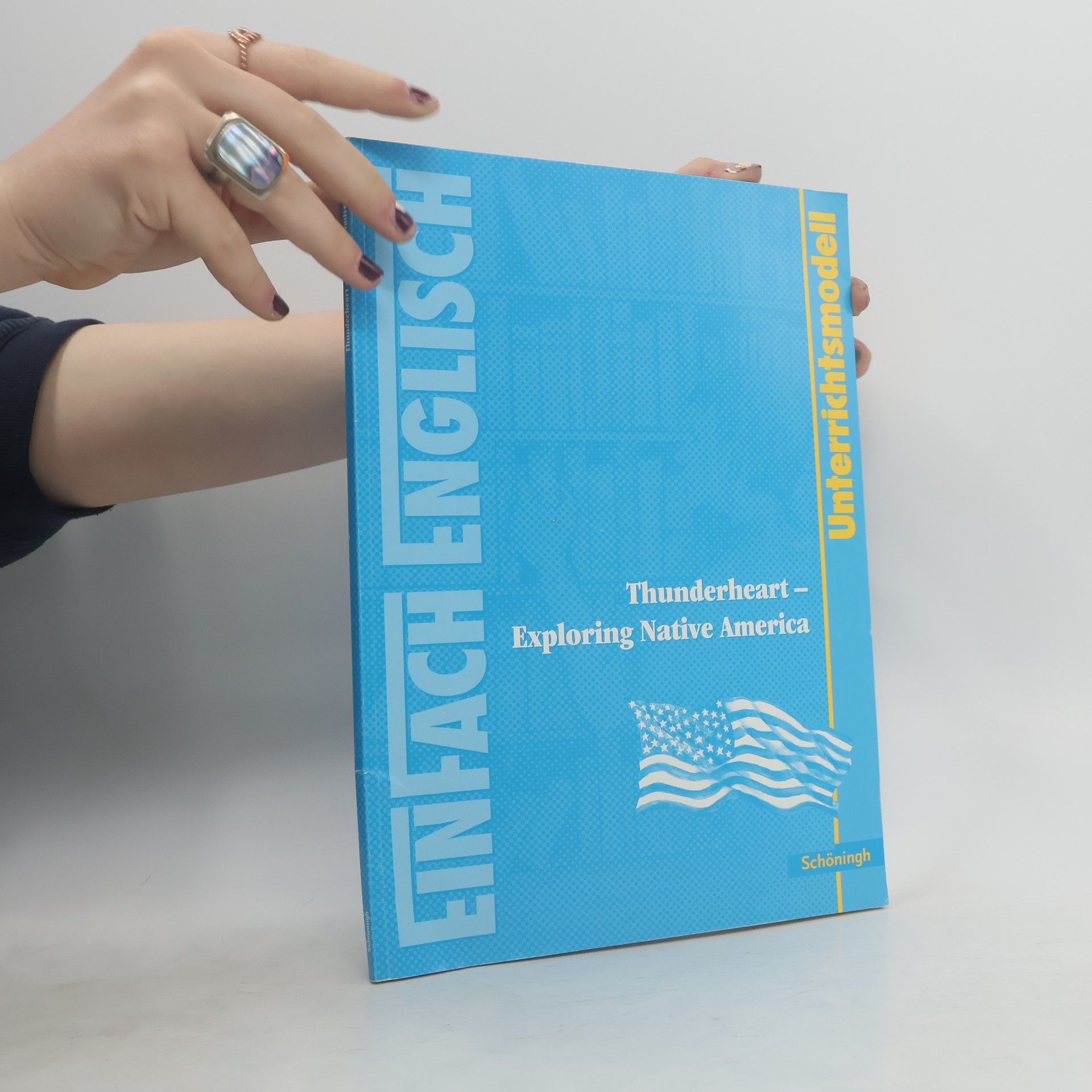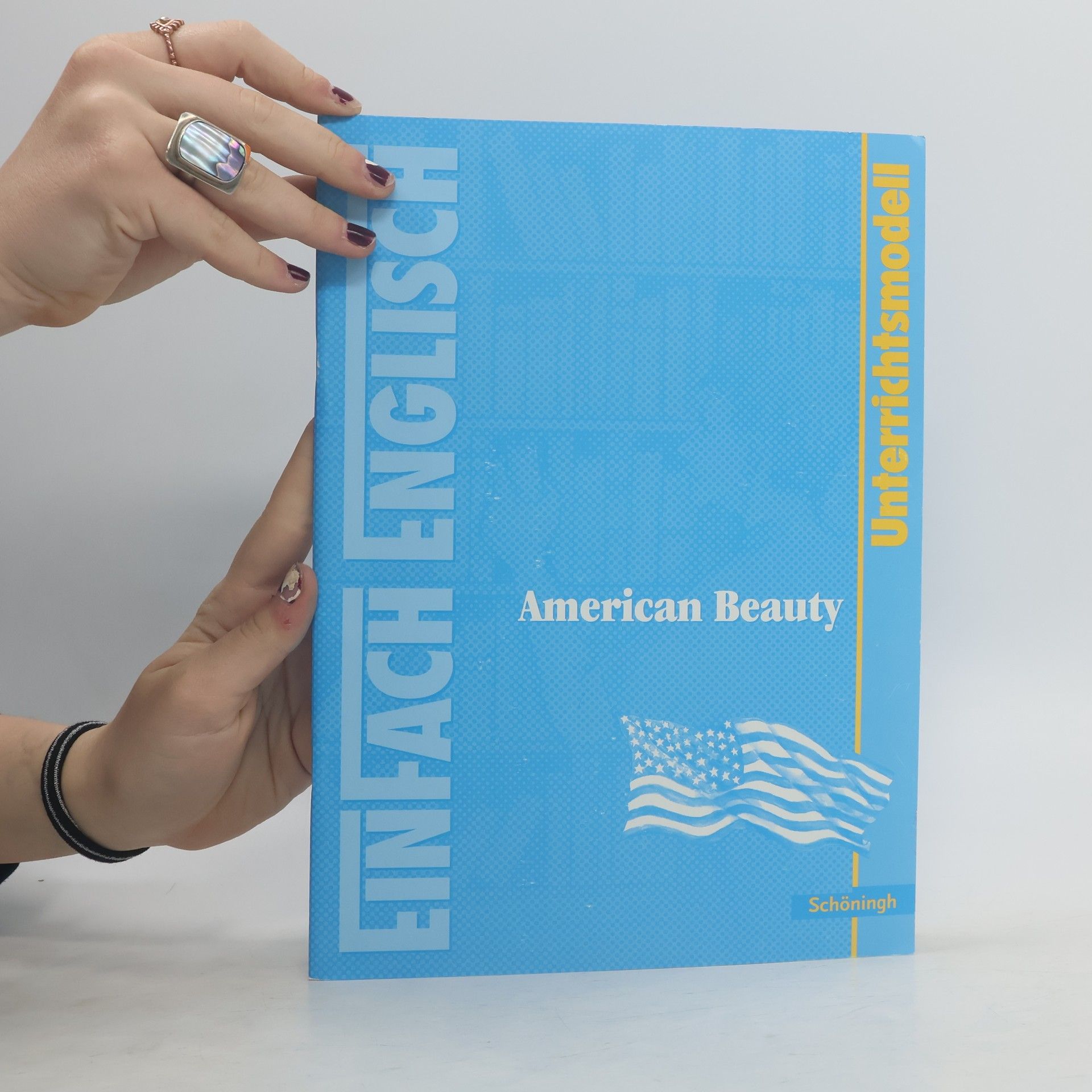"Never before, in the entire history of the American theater, has so much of the truth of black people's lives been seen on the stage," observed James Baldwin shortly before A Raisin in the Sun opened on Broadway in 1959. Indeed Lorraine Hansberry's award-winning drama about the hopes and aspirations of a struggling, working-class family living on the South Side of Chicago connected profoundly with the psyche of black America--and changed American theater forever. The play's title comes from a line in Langston Hughes's poem "Harlem," which warns that a dream deferred might "dry up/like a raisin in the sun." "The events of every passing year add resonance to A Raisin in the Sun," said The New York Times. "It is as if history is conspiring to make the play a classic." This Modern Library edition presents the fully restored, uncut version of Hansberry's landmark work with an introduction by Robert Nemiroff.
Wiltrud Frenken Knihy
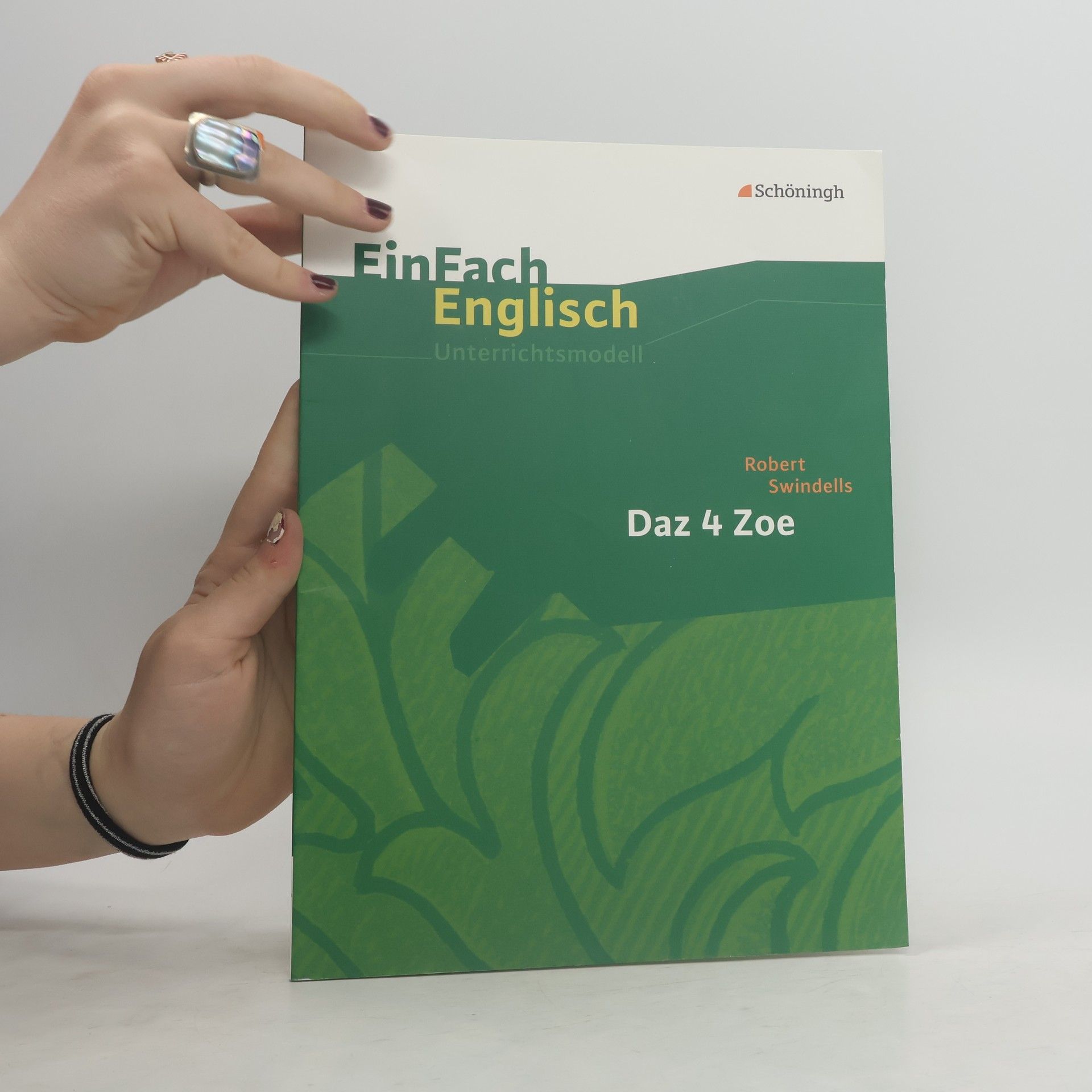
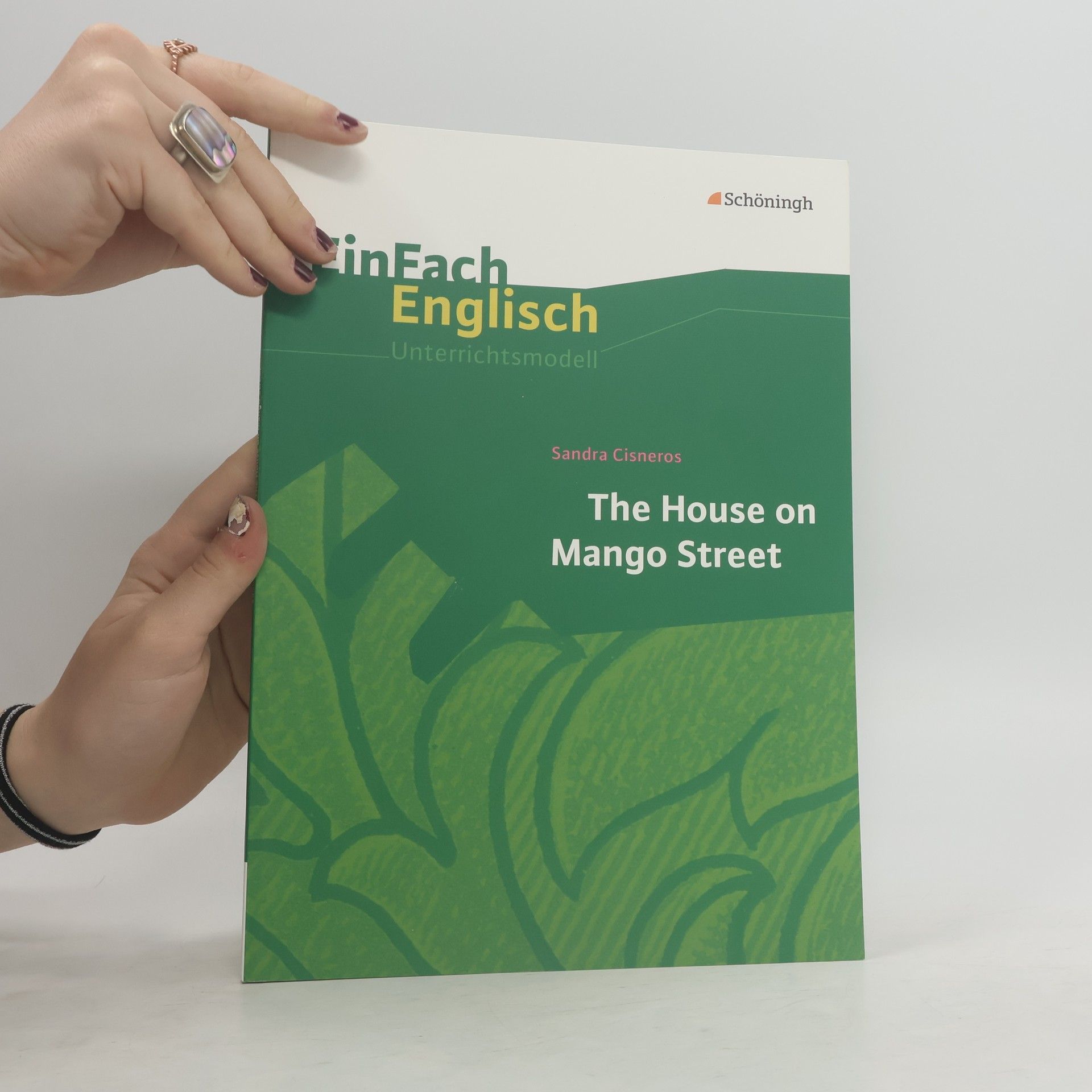
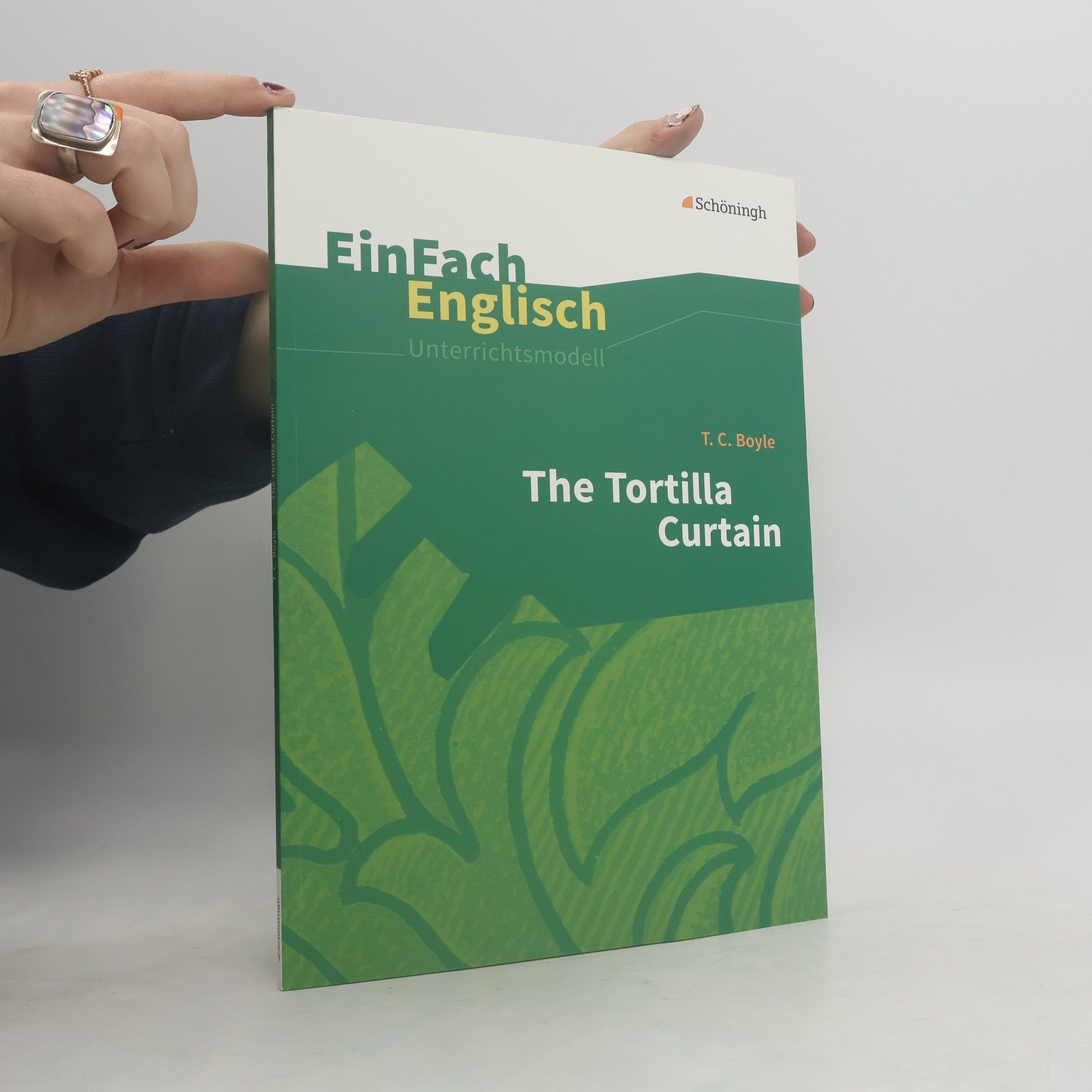


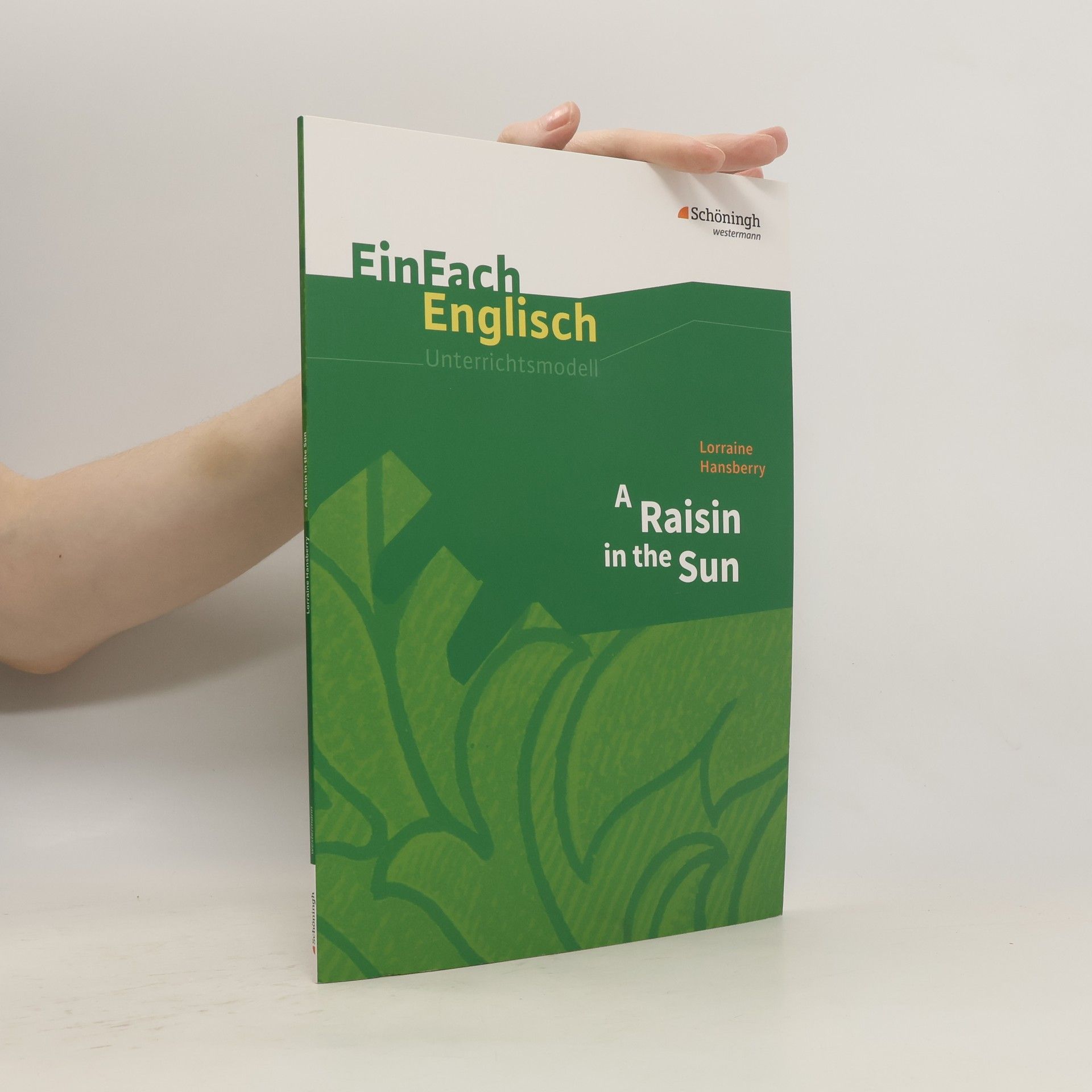
'There was this time when everything seemed to have come together. And so obviously it was time to go and screw it all up.' Sam is sixteen and a skater. Just so there are no terrible misunderstandings: skating = skateboarding. There's no ice. Life is ticking along nicely for Sam: his mum's got rid of her rubbish boyfriend, he's thinking about college and he's met someone. Alicia. Then a little accident happens. One with big consequences for someone just finding his way in life. Sam can't run (let alone skate) away from this one. He's a boy facing a man's problems and the question is - has he got what it takes to confront them?
Texas am Ende des 20. Jahrhunderts. Ort der Handlung ist ein Lager für straffällig gewordene Jugendliche. Im Mittelpunkt steht der Junge Stanley Yelnats, der sich vom Außenseiter zu einem mutigen und tatkräftigen Menschen entwickelt und zunehmend Verantwortung für sich und andere übernimmt. Mit Herz und Verstand gelingt es ihm, eine schicksalhafte Wende für alle Beteiligten einzuleiten. Louis Sachars 1998 veröffentlichter Roman hat auch heute noch ungebrochene Aktualität. Dieser tragikomische Roman ist unterhaltsam und heiter, ohne die Realität zu beschönigen. In Holes werden auch die Schattenseiten des Rechtsstaats USA beleuchtet, wo schon Kinder in die Mühlen des Strafvollzugs geraten können. Zudem kann dieses Buch als Kritik am amerikanischen Rassismus in Vergangenheit und Gegenwart verstanden werden. Trotzdem bleibt vor allem der liebenswerte Charakter Stanley Yelnats in Erinnerung, der zwar an die Macht des Schicksals glaubt, sich diesem aber nicht ausliefert, sondern es in die Hand nimmt. Sachars Roman ist geeignet als Schullektüre vornehmlich in den Jahrgangsstufen 9 und 10. Dieses praxisorientierte Unterrichtsmodell bietet pragmatisch aufgearbeitete Vorschläge zur Erarbeitung und themenorientierten Behandlung der Lektüre für Lehrerinnen und Lehrer. Dieses Unterrichtsmodell bezieht sich auf folgende Textausgabe: Schöningh, ISBN 978-3-14-041276-6
Told in a series of vignettes stunning for their eloquence, The House on Mango Street is Sandra Cisneros's greatly admired novel of a young girl growing up in the Latino section of Chicago. Acclaimed by critics, beloved by children, their parents and grandparents, taught everywhere from inner-city grade schools to universities across the country, and translated all over the world, it has entered the canon of coming-of-age classics. Sometimes heartbreaking, sometimes deeply joyous, The House on Mango Street tells the story of Esperanza Cordero, whose neighborhood is one of harsh realities and harsh beauty. Esperanza doesn't want to belong--not to her rundown neighborhood, and not to the low expectations the world has for her. Esperanza's story is that of a young girl coming into her power, and inventing for herself what she will become.
Urban poetry
- 84 stránek
- 3 hodiny čtení
Contents: Vorüberlegungen zur Behandlung des Themas Native Americans im Unterricht der Sekundarstufe II - Klausuren - Konzeption des Unterrichtsmodells - Weiterführende Materialien Component 1: Historical Background: The westward movement - Benjamin Franklin: Remarks concerning the savages of North America - The tragedy of Wounded Knee in 1890 - Redbone: We were all wounded at Wounded Knee - Political events on the Pine Ridge Reservation in the 1970's Component 2: Life on a Native American Reservation Today: Sioux Indian rites and traditions - Reservation profile: Pine Ridge Reservation - Clinton visits heart of Indian poverty - Death stakes Sitting Bull's reservation Component 3: Understanding the Film: Let's watch the film - Biographical information - Szenenübersicht Component 4: Analyzing the Film: Introduction: pre-credit and credit sequences - Ray's first encounter with Native American Spirits - Ray meets Sioux Indians - Ray meets Thunderheart - Post-viewing activities Component 5: Native American Voices Today: Novel - Poem - Speech - Song - Cartoons
